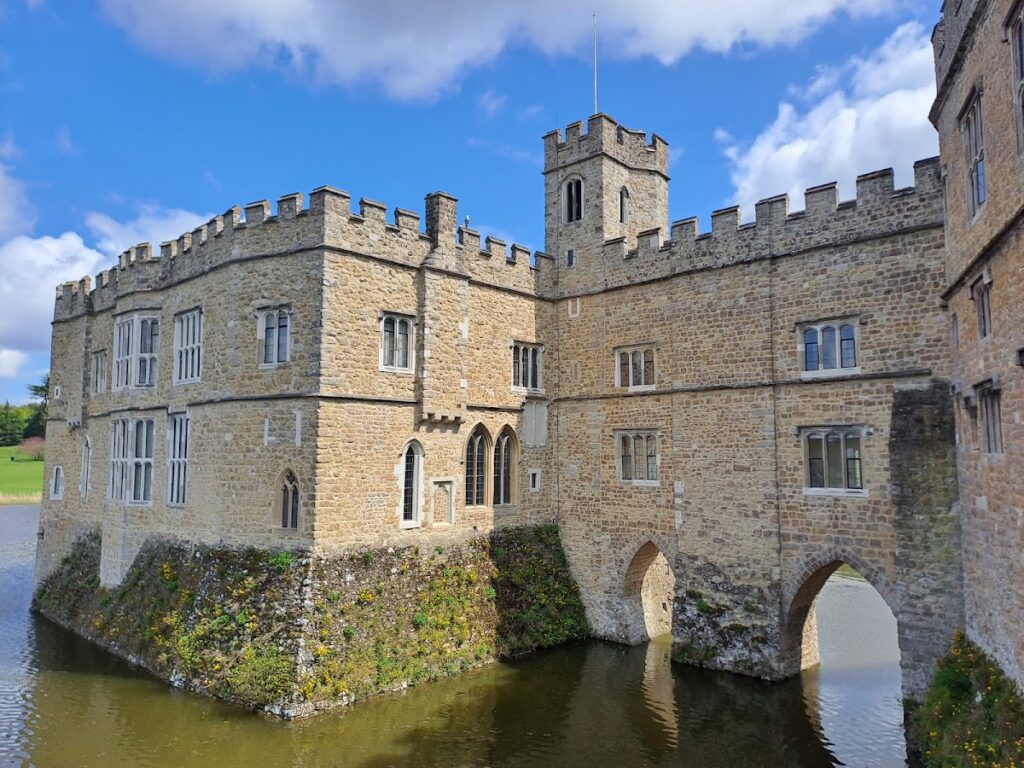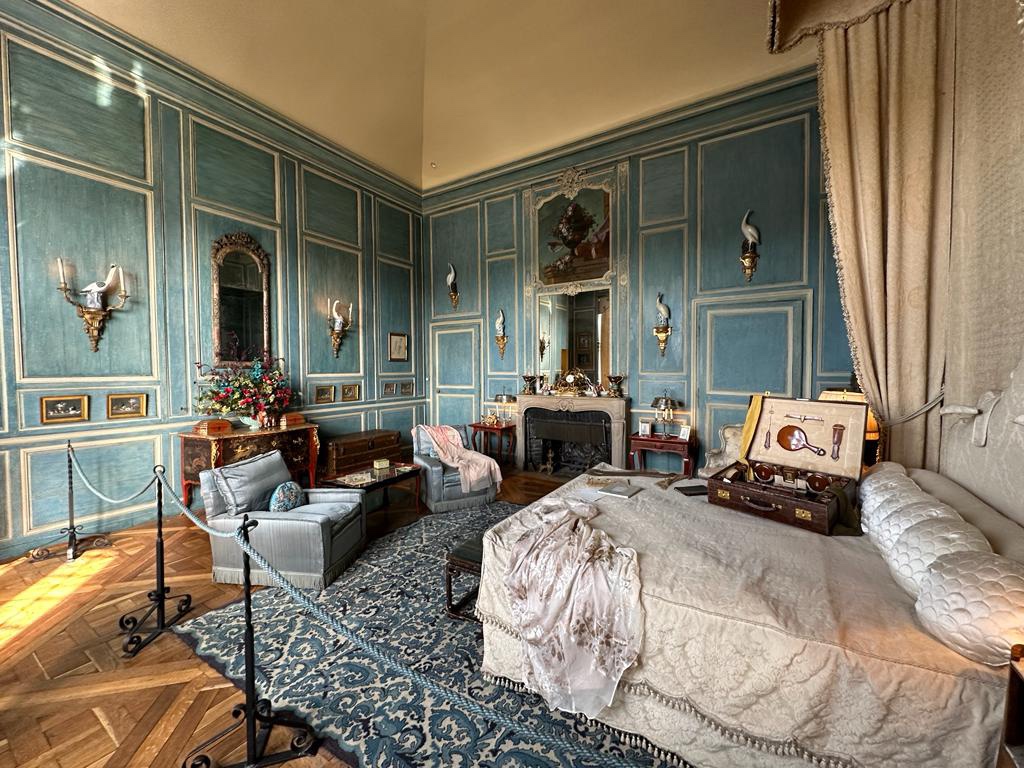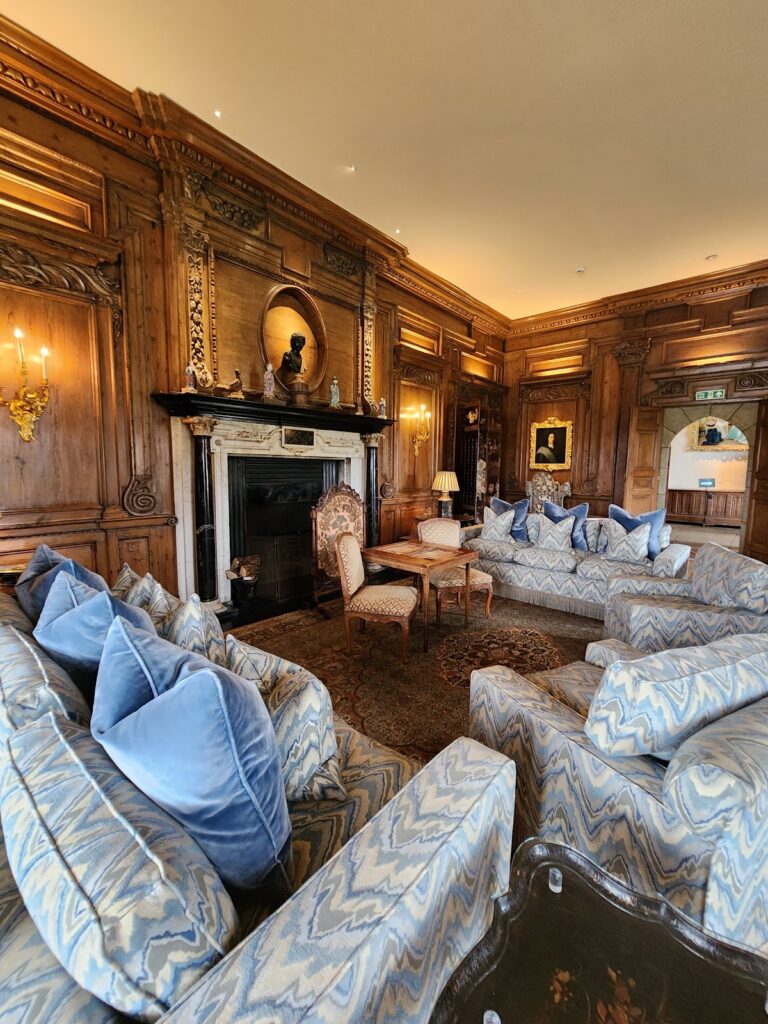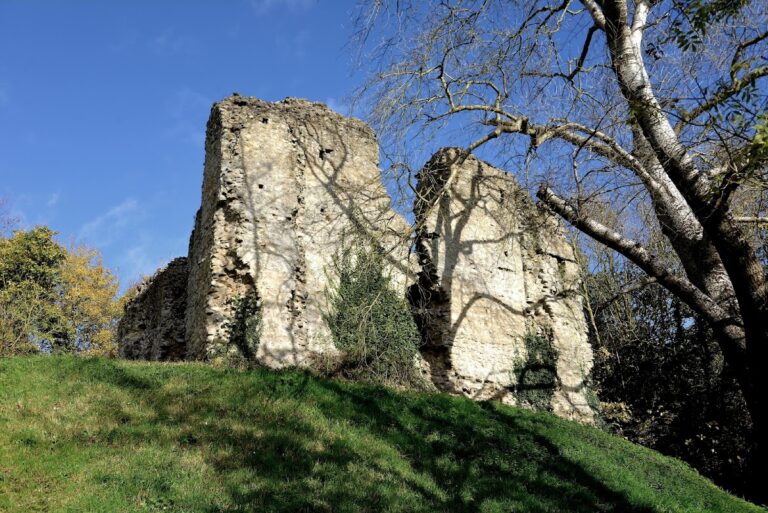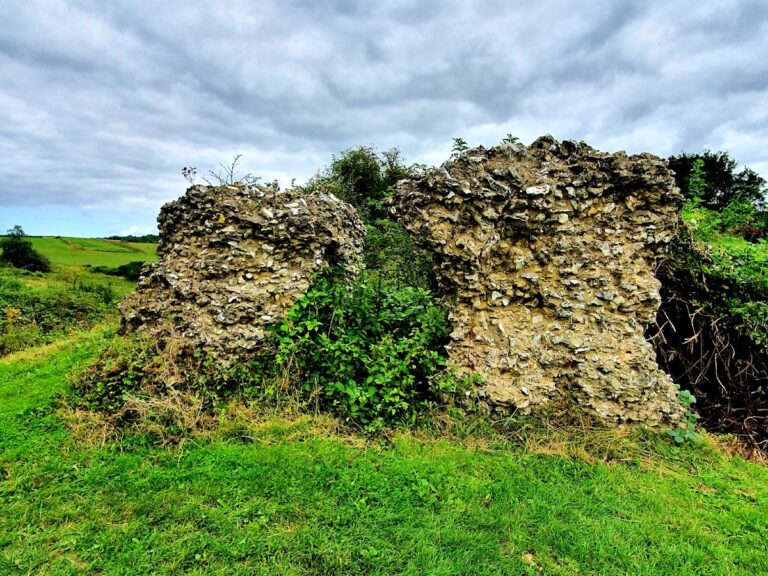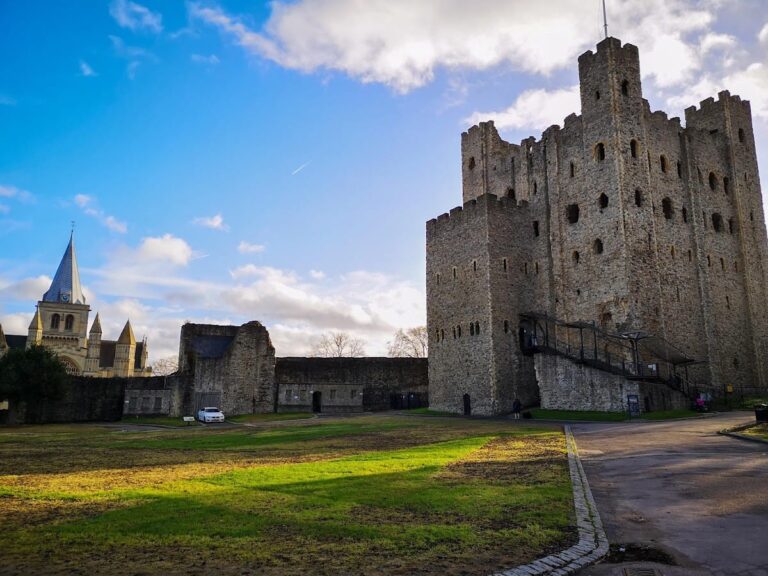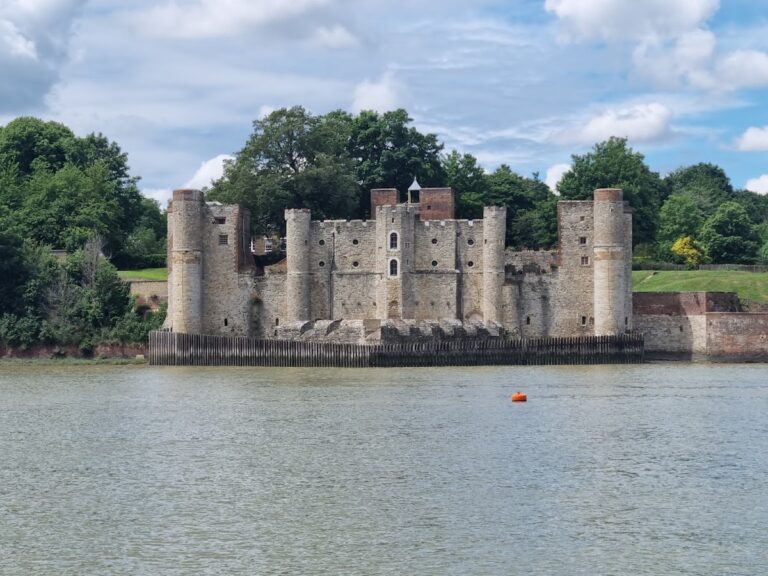Leeds Castle: A Historic Royal Residence in Maidstone, United Kingdom
Visitor Information
Google Rating: 4.7
Popularity: High
Google Maps: View on Google Maps
Official Website: www.leeds-castle.com
Country: United Kingdom
Civilization: Medieval European
Remains: Military
History
Leeds Castle is located in Broomfield, Maidstone, United Kingdom, and was originally established by the Saxons. The site takes its name from a Saxon chief known as Led or Leed, who constructed a wooden fortification on two islands formed by the River Len, with occupation dating back to at least the year 857.
The first stone iteration of the castle was built in 1119 by Robert de Crevecoeur, a Norman nobleman, who established a fortified stronghold replacing the earlier wooden structure. Over the next centuries, the castle became a royal possession, notably passing into the hands of King Edward I’s queen, Eleanor of Castile, in 1278. Eleanor commissioned significant developments, including imposing defensive walls and residential quarters, particularly the apartments known as the Gloriette.
Leeds Castle earned a unique status as a residence linked to six English queens, forming part of their personal estates or dower properties. These queens included Eleanor of Castile, Margaret of France, Anne of Bohemia, Joanna of Navarre, Catherine of Valois, and Catherine of Aragon. This royal association also brought the castle into the realm of political and military events. A notable incident occurred during 1321 when King Edward II laid siege to the castle after Lady Badlesmere refused Queen Isabella entry, demonstrating its role as a locus of noble authority and royal intrigue. During later conflicts, such as the English Civil War and the Napoleonic Wars, the castle saw use as a prison.
In the early 16th century, under the reign of Henry VIII, Leeds Castle underwent a transformation into a refined royal palace tailored for Catherine of Aragon. This phase, lasting from 1517 to 1523, introduced Tudor architectural elements, including distinctive windows and richly decorated interiors, enhancing the castle’s residential character.
After 1552, the castle left royal possession and entered a period of noble ownership, passing through families such as the St Legers, Smythes, Culpepers, Fairfaxes, and Wykeham Martins. These owners adapted the castle to serve various roles, from noble residence to arsenal and prison, reflecting the shifting political and social landscape.
In the 19th century, architect William Basket, commissioned by Fiennes Wykeham, executed extensive remodeling in Tudor revival style. This included reconstructing the main house on the larger island and restoring features like the Gloriette and the surrounding moat, blending historical styles with 19th-century tastes.
The castle’s last private owner, Olive, Lady Baillie, purchased Leeds Castle in 1926. She undertook major restoration projects and enlisted French designers Armand-Albert Rateau and Stéphane Boudin to carry out interior redesigns. Under her stewardship, the castle hosted distinguished visitors, including European royalty and notable political figures.
During the Second World War, Leeds Castle served as a hospital for wounded airmen and was also involved in secret weapons research. Following Lady Baillie’s death in 1974, the castle was left to the Leeds Castle Foundation and opened to the public two years later. Since then, it has been a site for historic diplomatic meetings, including preparatory talks related to the 1978 Camp David Accords.
Remains
Leeds Castle occupies two islands within an artificial lake created by damming the River Len. The layout features the main residential building, known as the Gloriette, positioned on the smaller island, while the larger island hosts auxiliary structures. The two islands are connected by a drawbridge, enhancing the castle’s controlled access.
The original Norman stone castle was constructed following the motte-and-bailey design common in the 12th century, featuring a raised earthwork (motte) topped by a keep and an enclosed courtyard (bailey). Elements from this period that survive include vaulted cellars and a gatehouse, the latter rebuilt in the 12th century under orders from King Edward I. This gatehouse includes chambers for the constable on its upper level and guardrooms below, accessed from the courtyard through an internal staircase.
Defensive improvements added during the 13th century comprise a barbican—a fortified outpost protecting the main gate—curtain walls approximately 15 feet in height, and a distinctive D-shaped curtain wall capped by towers reaching up to 10 meters high on the larger island. Adjacent to the gatehouse are ruins of a gate tower dating to around 1280, which functioned as the outermost defensive position.
The Gloriette, mainly dating from the late 13th century, contains the queen’s apartments. This building comprises a great hall, which now serves as the ballroom, a chapel, and living quarters. Henry VIII’s renovations introduced a second floor to this structure. Inside the ballroom, a 16th-century fireplace carved from Caen stone stands out, alongside carved wooden ceilings and ebony flooring. The chapel features tapestries and woodcarvings from the 15th and 16th centuries that depict biblical scenes.
Fountain’s Court, the castle’s courtyard, was established in 1280 and includes an underlying system of cisterns that channel spring water throughout the area. In the 1920s, this courtyard underwent redesign, notably receiving a timber-framed staircase adorned with a carved figure known as the smiling crusader.
A separate Tudor-era building called the Maiden’s Tower is situated within the new castle courtyard on the larger island. Named in the 19th century after a resident nun from the 14th century, the tower’s uses have changed over time from brewery to private residence and conference space.
The 19th-century “new castle,” constructed on the larger island to replace earlier buildings, displays Tudor revival architecture. It incorporates a cellar originating from the Norman period and features an entrance hall redesigned in the 1920s. Restoration efforts in 1933 uncovered some of its foundational elements.
The castle’s interior rooms saw significant redesign in the 20th century. The ballroom was restored to its original dimensions and decorated with a carved ceiling and ebony flooring. The queen’s bedroom suite contains embroidered bedcovers bearing royal initials, while the library holds an 18th-century collection of Japanese and Chinese porcelain. Several salons feature 17th-century wood paneling salvaged from Thorpe Hall.
Surrounding the castle are over 200 hectares of parkland, which include a medieval-style garden and a maze planted in 1988 with 2,400 yew trees. The estate also hosts a bird aviary with more than 100 species and ornamental lakes populated by swans and peacocks. The castle’s water-filled moat, deepened during medieval expansions, remains a striking landscape feature though it no longer serves defensive purposes.
Leeds Castle’s collection includes paintings by artists such as Cranach the Younger and Giovanni Battista Tiepolo, along with 16th-century tapestries from Enghien and Tournai. There is also a notable assortment of dog collars dating from the 15th to the 17th centuries. The castle is recognized as a Grade I listed building, acknowledging its historical and architectural importance spanning developments from the 12th through the 16th centuries, alongside major 19th and 20th-century restorations.
